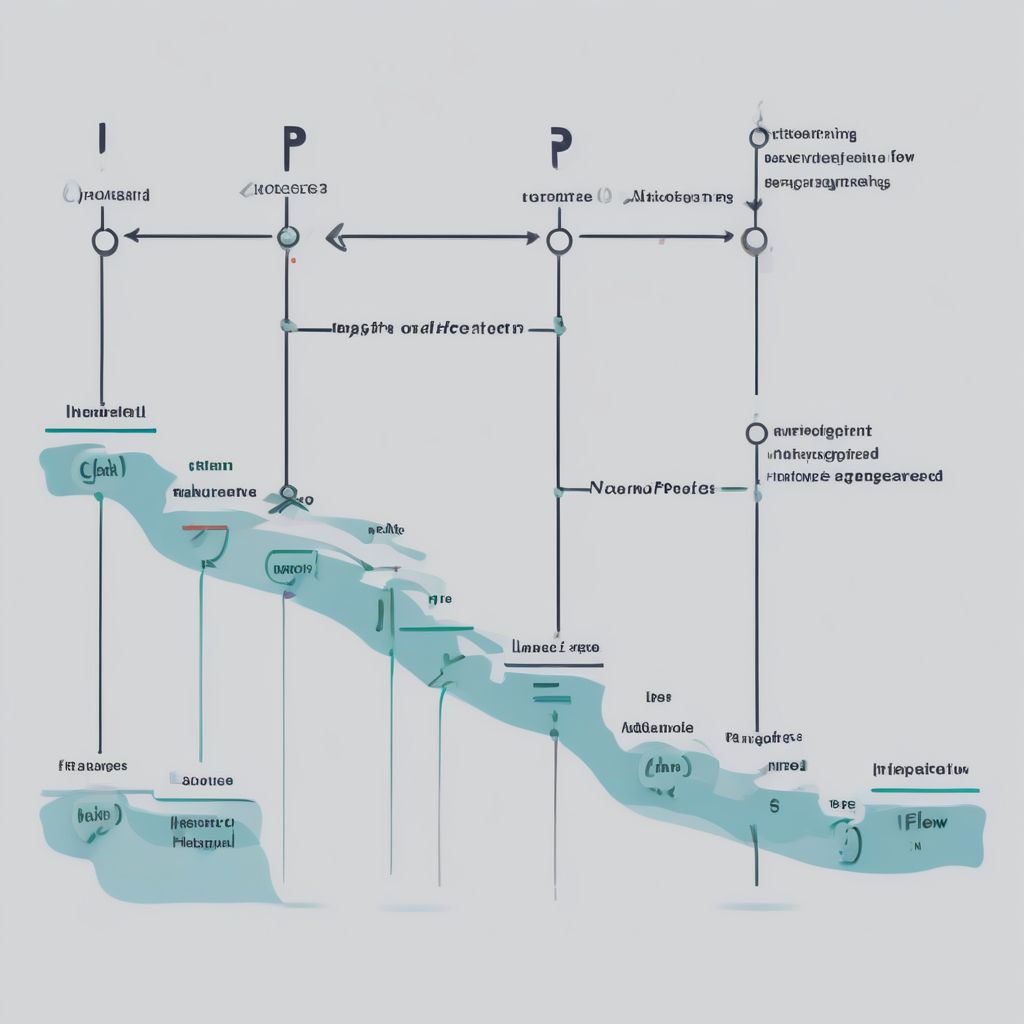In today’s rapidly evolving business landscape, effective project management is paramount to success. While various methodologies exist, Linear Project Management stands out as a traditional yet powerful approach for certain projects. This comprehensive guide will delve into the intricacies of linear project management, exploring its principles, advantages, disadvantages, and best practices.
Understanding Linear Project Management
Linear project management, also known as the waterfall model, is a sequential approach where project tasks are completed in distinct phases, with each phase dependent on the deliverables of the previous one. Like a waterfall cascading through stages, progress flows linearly, from initiation to closure, with no room for revisiting prior steps once they are completed.
The typical phases in a linear project management lifecycle include:
- Requirements Gathering: Defining project scope, objectives, and deliverables.
- Planning: Creating a detailed project plan outlining tasks, timelines, resources, and budget.
- Execution: Putting the plan into action and carrying out the defined tasks.
- Monitoring and Control: Tracking progress, comparing it against the plan, and taking corrective actions to stay on track.
- Closure: Finalizing the project, delivering the end product, and conducting a post-project review.
When to Use Linear Project Management
Linear project management is best suited for projects with:
- Clearly defined requirements: Where the scope is well-understood and unlikely to change significantly during the project lifecycle.
- Stable environments: Projects where the technology, resources, and stakeholders are relatively stable.
- Limited stakeholder involvement: Projects with minimal need for continuous feedback and iterations.
- Simple and straightforward objectives: Projects that are not overly complex and can be easily broken down into sequential tasks.
chuyentiennhanh.org/wp-content/uploads/2024/08/linear-project-management-waterfall-model-66b6dc.jpg" alt="Linear Project Management Waterfall Model" width="1024" height="1024">Linear Project Management Waterfall Model
Advantages of Linear Project Management
Linear project management offers several benefits:
- Simplicity and Ease of Understanding: The linear structure is straightforward to comprehend and manage, making it suitable for teams with varying levels of project management expertise.
- Clear Documentation and Defined Processes: Each phase requires thorough documentation and sign-offs, ensuring transparency and accountability throughout the project lifecycle.
- Upfront Planning and Control: The emphasis on detailed planning at the outset allows for better resource allocation, risk assessment, and budget control.
- Well-Defined Milestones and Deliverables: The phased approach provides clear milestones and deliverables, facilitating progress tracking and stakeholder communication.
Disadvantages of Linear Project Management
Despite its advantages, linear project management has drawbacks:
- Inflexibility and Resistance to Change: The rigid structure makes it challenging to accommodate changes in requirements or scope once the project is underway.
- Limited Stakeholder Feedback: Feedback is primarily gathered at the end of each phase, potentially leading to missed opportunities for early course correction and stakeholder dissatisfaction.
- Higher Risk of Delays: Any delays in one phase can cascade into subsequent phases, potentially impacting the overall project timeline.
- Not Suitable for Complex Projects: The linear approach may not be ideal for highly complex projects with evolving requirements or those involving significant uncertainty.
Best Practices for Linear Project Management
To maximize the effectiveness of linear project management, consider these best practices:
- Thorough Requirements Gathering: Invest significant effort in defining clear and comprehensive requirements at the outset to minimize the risk of scope creep and rework later in the project.
- Realistic Planning and Buffering: Develop realistic timelines and allocate buffers for potential risks or unexpected issues that may arise.
- Effective Communication and Collaboration: Foster open communication channels among team members, stakeholders, and sponsors to ensure everyone is informed and aligned throughout the project.
- Regular Monitoring and Control: Implement robust mechanisms for tracking progress, identifying variances from the plan, and taking timely corrective actions.
- Comprehensive Documentation: Maintain detailed documentation throughout the project lifecycle to ensure transparency, facilitate knowledge transfer, and support future projects.
Conclusion
Linear project management is a valuable methodology for projects with well-defined requirements, stable environments, and a preference for a structured and sequential approach. However, it is crucial to acknowledge its limitations and carefully consider whether it aligns with the specific characteristics and needs of your project.
By understanding the principles, advantages, disadvantages, and best practices of linear project management, project managers can make informed decisions about the most appropriate methodology to employ, ultimately increasing the likelihood of project success. As you continue your journey in exploring different project management approaches, remember that continuous learning and adaptation are key to navigating the ever-evolving world of business and achieving optimal outcomes.

